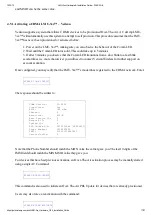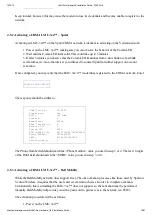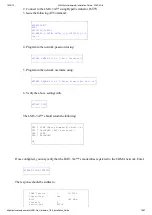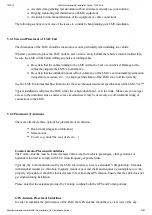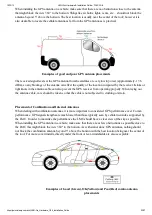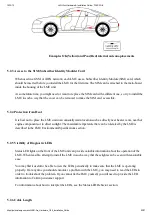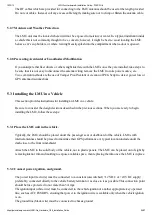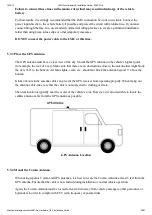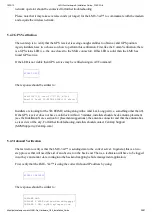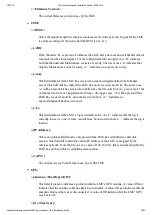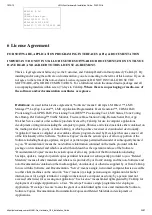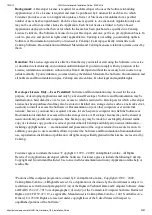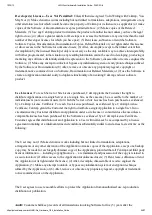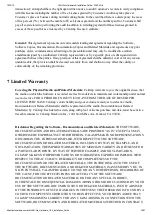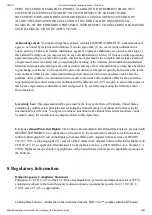
10/12/13
LMU-3xx Hardware & Installation Guide - PULS Wiki
https://puls.calamp.com/wiki/LMU-3xx_Hardware_%26_Installation_Guide
31/37
If this field is present, it indicates that the LMU’s GPS receiver has not been able to find
even a single GPS satellite. This would likely been seen in conjunction with the above
antenna error, or if the LMU GPS antenna is otherwise blocked.
o [<FixStatus> <Sat Count>]:
If these fields are present it indicates that the LMU has, or had a valid GPS solution. The
<Sat Count> field indicates how many GPS satellites are currently in use by the LMU.
The <FixStatus> field indicates the type of fix. The Fix Status types are detailed in the LM
Direct Reference Guide.
INP:
o <input states>:
This field details the current state of each of the LMU’s discreet inputs. This field is always
8 characters long. The left most character represents the state of input 7 where the right
most represents the state of input 0 (i.e. the ignition). A value of 1 indicates the input is
currently in the high state. A value of 0 indicates it is currently in the low state.
o <vehicle voltage>:
This field will contain the current reading of the LMU’s internal A/D. This will be the
supply voltage provided to the LMU in mV.
MID:
o <mobile ID>:
This will be the current mobile ID in use by the LMU.
o <mobile ID type>:
This will be the type of Mobile ID in use by the LMU. The available types are, Off, ESN,
IMEI, IMSI, USER, MIN and IP ADDRESS.
INB:
o <inbound IP address>:
This is the current IP address in use by the LMU. This value should match the IP address
of your LM Direct™ server.
o <inbound port>:
This is the current UDP port the LMU will use to deliver its LM Direct™ data. This value
should match UDP port you are using on your LM Direct™ server. It is typically 20500.
o <Inbound Protocol (LMD/LMX)>:
This is the current UDP/IP messaging protocol in use by the LMU. In general it should be
LMD.
Example GSM Response

